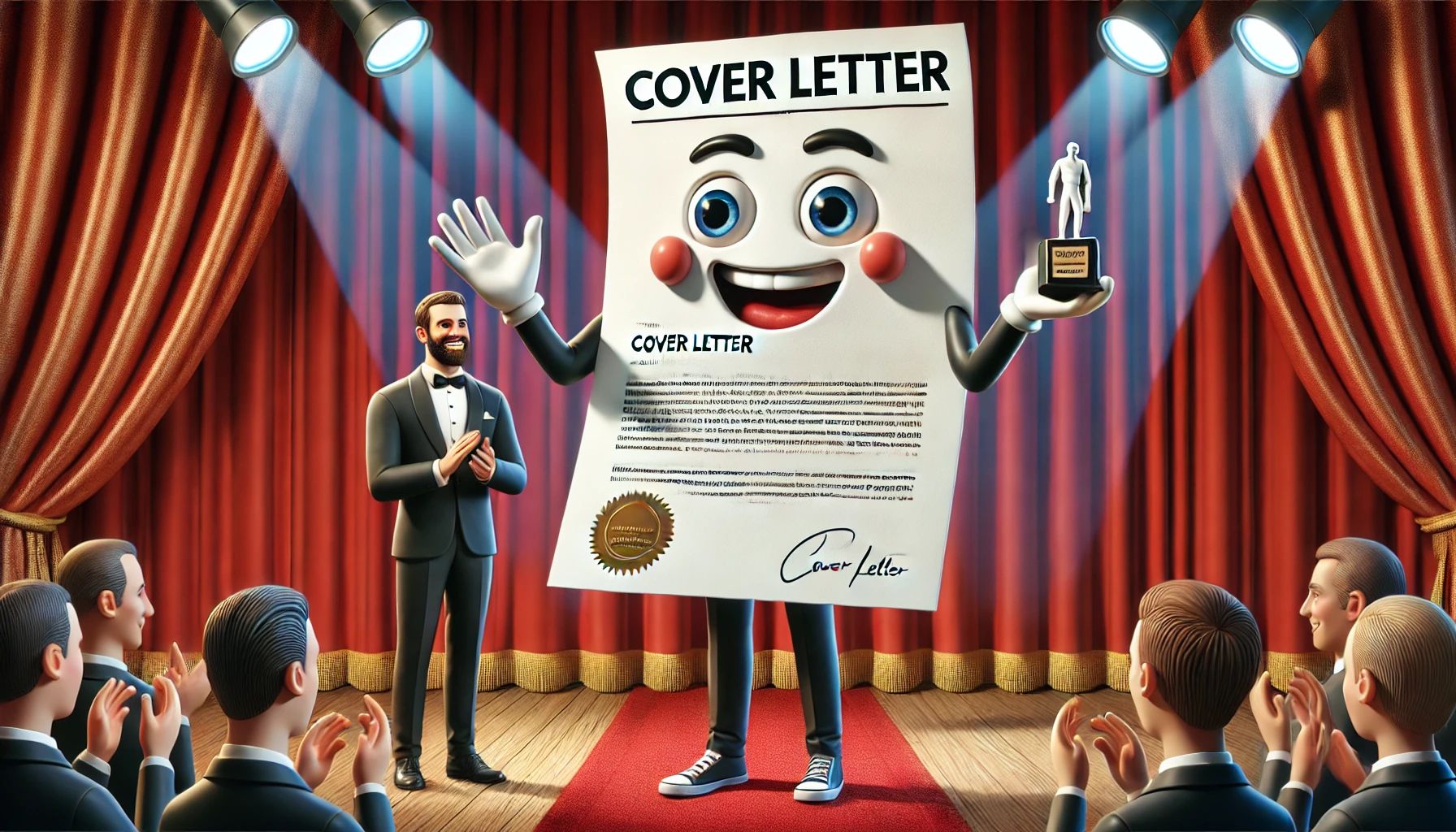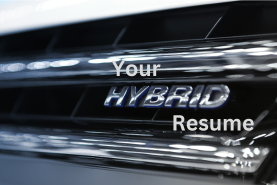
Well, nothing can be farther from the truth.
There are so many other factors that go into a good resume that have nothing to do with the core information concepts. Think about it. If 50 people with similar skills, education and experience are applying for the same position, yet only 6 are going to see the interview room, what makes them pick your resume over the others? If the raw content was the only factor, it would simply be “chance”. But clients of certified resume writers can tell you that they consistently beat out the competition to gain an audience and close the deal. There are reasons for that.
Trust me when I tell you, in the case of resume writing: “What you don’t know CAN hurt you.” And hurt you in your wallet and career.
While many know of the most common things to avoid when writing a resume (no white space, one to two-page limit, etc.), here are some lesser known issues to avoid in writing your resume.
Writing The Resume For Yourself, Not Your Reader
When most people write a resume, they tend to focus on all the things that they bring to the table. This is understandable, and most novices tend to take this approach. After all, the resume is for them and about about them. Or is it? A good resume will take into account its readers, as well as the reviewing environment. The resume is in fact not for you. It is for your audience. Depending upon who is reviewing the resume and the position being sought, there may be some aspects of your background that requires drilling down into more detail. Conversely, there are likely to be cases where a minimal detail will do you more good due to the potential for distracting the reader from what matters to them most. Consider the task of writing a mystery novel. If you were writing this novel for an adult, you may include details about crime scenes that may not be suitable for for children. Know your audience and prepare to write a resume accordingly.
Resume Verbiage Written In “Essay” Style
A common issue that most people have when preparing their resume is getting all of the relevant information to fit nicely within 2 pages. Almost invariably, resume writers find one of the major culprits is the phrasing style used within the resume. Many job seekers develop the resume’s phrasing using more of an essay style. But good resume writing uses what is called a “telegraphic” writing style designed to truncate the number of characters used to communicate the same message. It is what allows certified resume writing professionals to develop powerful prose using less page real estate. Remember that your reader will only give the resume about 10 seconds of review time at the beginning the process. As such, every excess character means there is something of value that does not get entered and read. When the telegraphic resume writing style is employed properly, the reader’s brain automatically picks up the missing words. This style also allows you to include content that normally would have been excluded with the essay style. So when you write a resume, be sure to use this efficient style to save space and give the prose some punch. For more tips on reducing the length of a resume, you can click here.
Creating A Homogeneous Look For The Resume
Complete and total uniformity can work well for many things. But a resume is not one of them. On the surface, preparing a resume that consists of all bullet points (or all paragraphs) may seem to be a good idea. But again, we need to consider our reader and the reading environment. When your reader has to try powering through a document where everything looks the same, you make it difficult for them to pick up on the most important aspects of your background. If everything looks the same, then nothing stands out, right? An effective resume will employ strategy that ensures its reader picks up on the most critical information within that 10-second window we mentioned earlier. What if your resume is number 73 out of 115 to be reviewed? Just how far do you believe that reader will dig through to find the value? After all, they may have just found 5 great applicants within the 72 resumes they have already reviewed. As such, there is not much of an incentive to dig through yours. If your resume is going to work consistently, the layout must be strategically designed to get the important information across first.
Using Acronyms That May Not Be Familiar To Your Reader
Every industry has them. Acronyms that mean nothing to anyone other than the people in that office, organization or industry. One of the pitfalls of preparing a resume with yourself in mind is that you forget that everyone won’t know what those acronyms mean. Be sure that if you are using acronyms, that they will be familiar to your reader. But even then, you should spell them out at least once before using the acronym exclusively after that. The truth is, you really have no way of knowing who reviews the resume during the course of the process. Additionally, this will also provide for you two different ways that this acronym can be searched in a database.
Not Considering Applicant Tracking Systems When Designing The Resume
When most people write a resume, they overly focus on the content. As I mentioned before, this is very common. You are of course doing a much better job if you ensure that the resume is designed to engage your reader. But there is another audience member that most people usually forget about. Our friend the applicant tracking system (ATS) is here to stay in the digital age, and plays a huge role in determining whether or not a resume gets reviewed. Many recruiters and hiring managers get buried under the deluge of resumes they receive daily on positions of interest. Some for actual openings, some just fishing for opportunities. The ATS is a tool that makes it easier for these professionals to weed out those who are actually not qualified for the positions the hiring authority is looking to fill. Can you imagine going through 600 resumes define viable candidates, and wasting your time with 480 of them that are in no way qualified opening? The ATS saves time by employing search technology to identify words and phrases in the document to see if there is reason to go forward. The thing is, these systems are not foolproof. There are certain things that make it more difficult for these systems to properly scan a document. Tables, tabs, special characters and even font choice and font size can affect how well these systems recognize your information. If you are not considering the ATS when building your documents, you could very well be sending your resume into a black hole.










